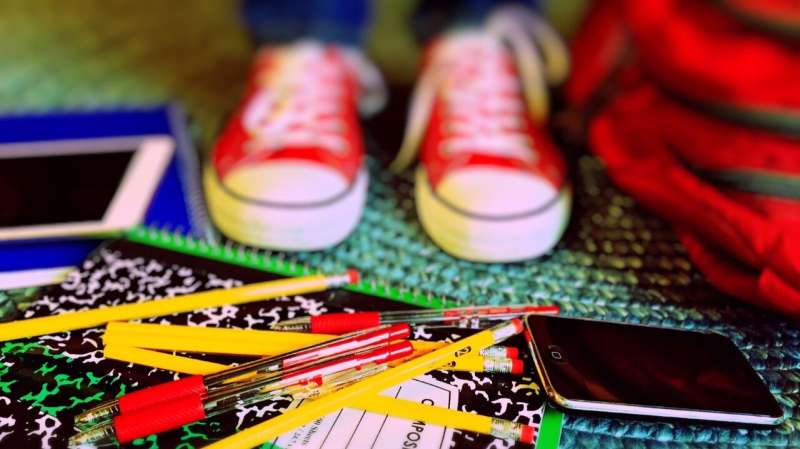Children spend less time reading and engaging in physical activity as they grow older

A new research study from Queen's University Belfast has found that children from disadvantaged backgrounds spend less time reading and engaging in physical activity and exercise than their peers as they get older.
The research was carried out by researchers at Queen's Management School, the Geary Institute for Public Policy at University College Dublin, and the Department of Health Behavior, Society, and Policy at the Rutgers School of Public Health, and has recently been published in the Review of Income and Wealth.
The team examined how children's time use changes as they grow up. The research was based on diary data from two waves of a nationally representative longitudinal cohort study in Ireland, the Growing Up in Ireland (GUI) survey. They measured children's activities at age nine (in 2007/8), and again for the same children when they were aged 13 (in 2011/2012), focusing on the after-school period on normal school days.
The researchers first examined overall trends in children's time use from age nine to 13. Dr. Mark McGovern, lecturer in Economics from Queen's Management School, explained: "Compared to nine-year-olds, 13-year-olds are less likely to engage in sport/physical exercise and reading. In contrast, 13-year-olds are more likely to engage in homework, media (such as TV, videogames, music, and social media), and family activities."
The researchers next looked at the family background of the children and found substantial differences in sports, reading, homework, and playing time depending on their socioeconomic status (SES). At age nine, girls from high SES backgrounds spend seven more minutes each day reading than girls from low SES backgrounds. At age 13, girls with high SES backgrounds spend 17 more minutes each day on sports/exercise. Boys show the same SES differences for reading and sports (with more time spent in these categories for those with high SES), with an additional difference in homework at age 13.
The researchers also studied whether the differences in SES that they saw were more closely tied to family income or education. They found that the strongest associations are between mother's education and children's time use. The exception was that family income plays an important role in differences in time spent on sport/physical exercise, though only for boys.
Dr. Slawa Rokicki, Instructor at the Rutgers School of Public Health, said: "How children spend their time has important implications for their emotional, social, and cognitive development, and consequently for their future. Activities such as sports and exercise promote growth through the development of attention, self-regulation, and self-esteem, and also foster healthy behaviors.
"If children from disadvantaged backgrounds do not have equal access to opportunities to participate in these activities, then they are not being supported in achieving their full potential. As well as impacting on the children themselves, this also has implications for the widening socioeconomic inequalities in society as a whole."
"Our research also points to the timing of when inequality in time use emerges among children, which suggests the age at which any intervention should be targeted. For instance, gaps in reading by SES are already present at age nine, which implies that interventions to reduce this gap need to occur before this stage. In contrast, inequality in girls' sports time only emerges at age 13, which suggests efforts to reduce the SES gap should take place between ages nine and 13," Dr. McGovern added.
More information: Slawa Rokicki et al. Heterogeneity in Early Life Investments: A Longitudinal Analysis of Children's Time Use, Review of Income and Wealth (2019). DOI: 10.1111/roiw.12440


















